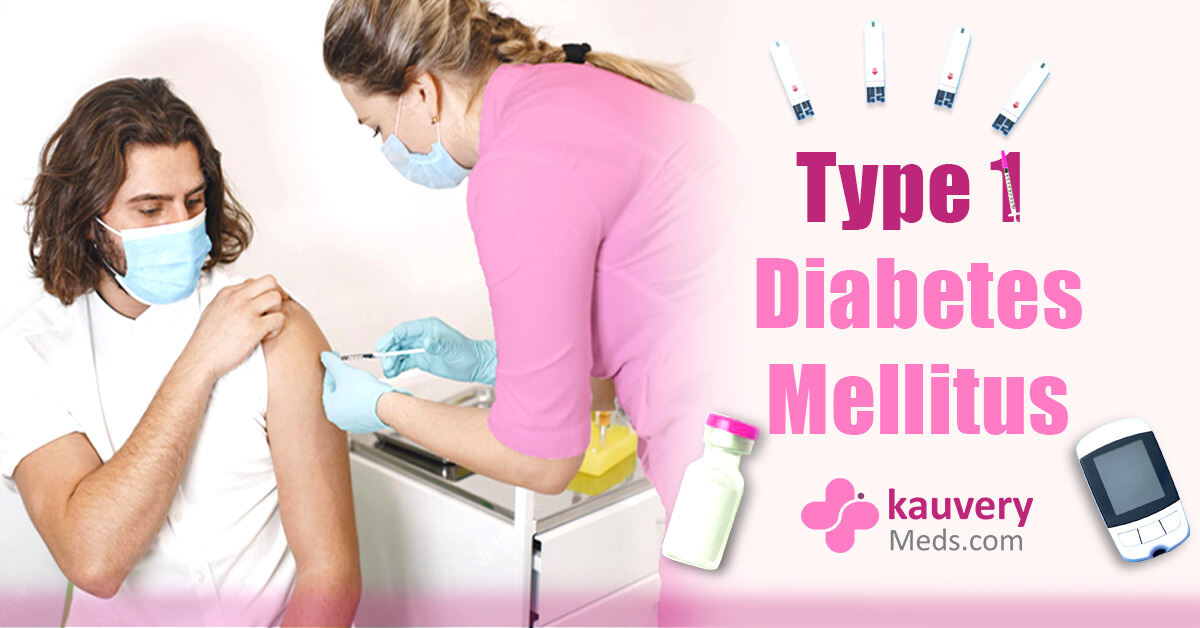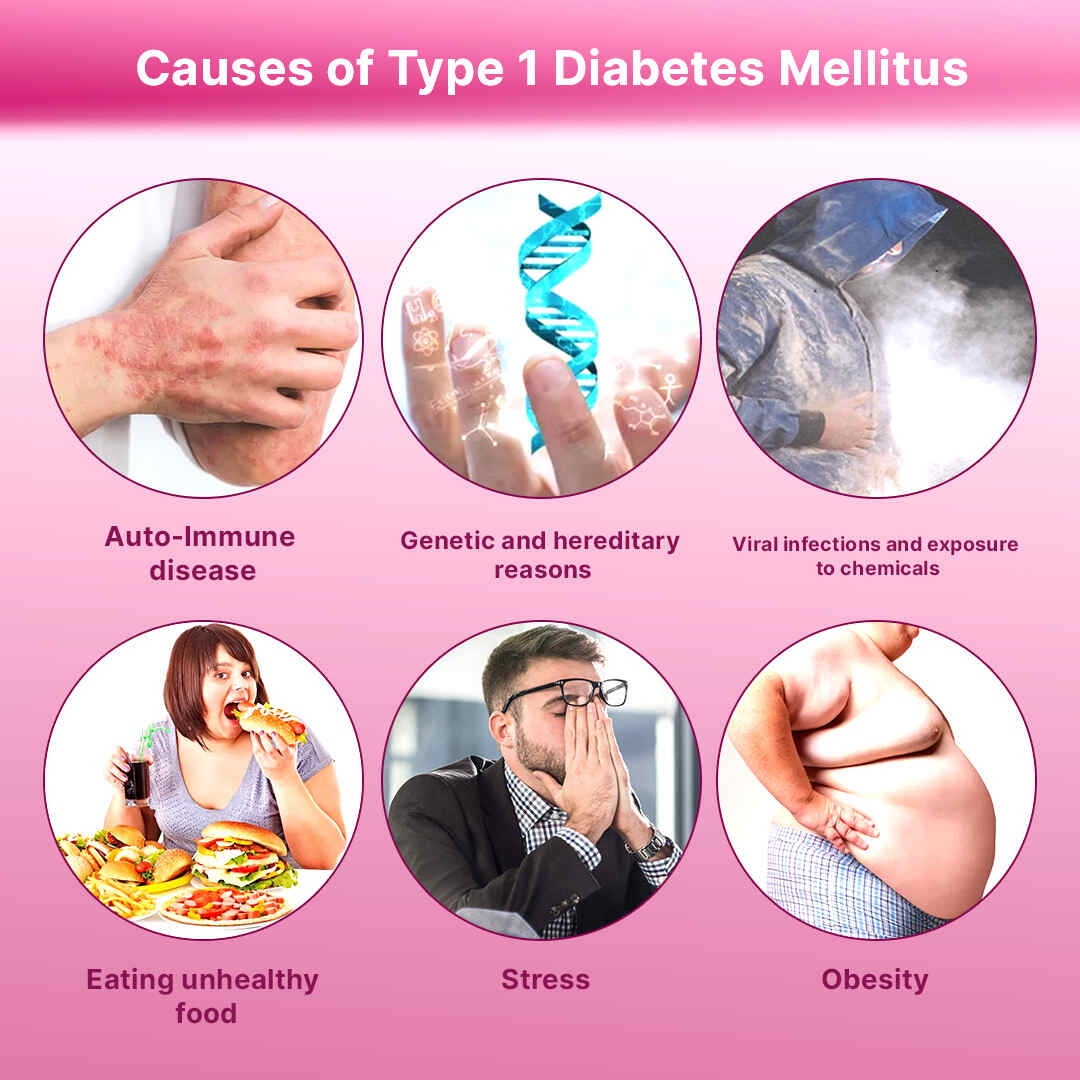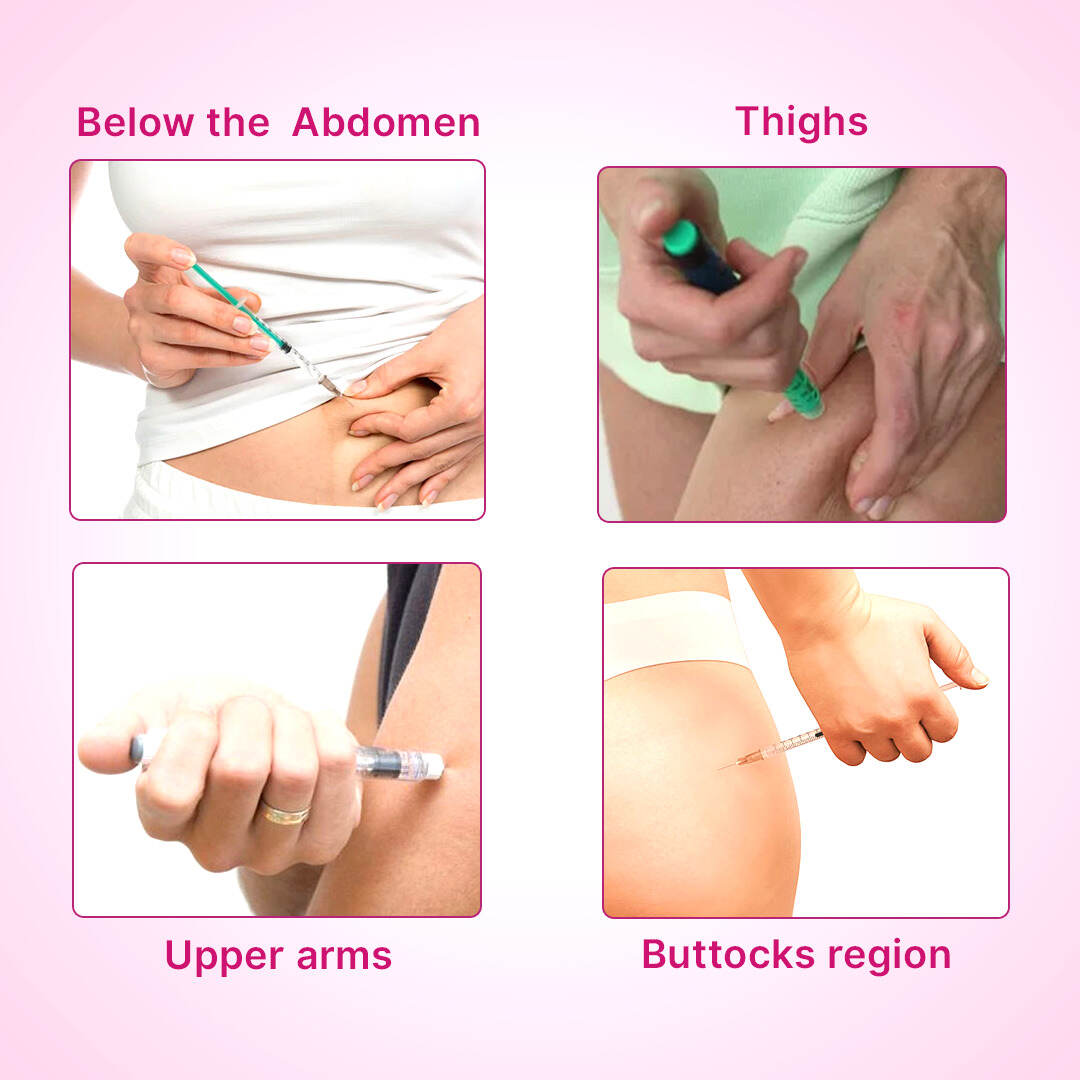Type 1 Diabetes Mellitus
Feb 03, 2023
What is Insulin? Why is it essential for the human body?
Causes of Type 1 Diabetes Mellitus
- Auto-immune disease - The immune system in one’s body attacks the cells in the pancreas where the Insulin is produced, assuming it is a foreign body instead of recognizing it as one of its own. The result is a lack or complete deficiency of Insulin
- Genetic and hereditary reasons
- Viral infections and exposure to chemicals
- Eating unhealthy food and lack of physical activity
- Stress
- Obesity
Who is at risk of getting Type 1 Diabetes condition?
What are the Type 1 diabetes mellitus symptoms?
- Sudden & Consistent Weight Loss
- Frequent Urination
- Blurred Vision
- Tiredness
- Increased Hunger
- Increased Thirst
- Frequent mood changes
- Recurring Infections
What parts of the body do Type 1 Diabetes affect and what are the dangerous consequences?
Some of the complications of Type 1 diabetes are:
- Heart attack, heart stroke, or disease
- Soreness and damage to the legs which can result in amputation
- Gestational Diabetes complications are:
- Risk of getting Type 2 diabetes
- Higher risk of gestational Diabetes in future pregnancies
How can Type 1 Diabetes be tested and diagnosed?
There is one test used to identify Type 1 Diabetes:
The FPG (Fasting Plasma Glucose) tests your blood sugar level post an 8-hour fasting
Who are the doctors who specifically treat and what is the treatment given for Type 1 Diabetes?
What spots or areas on the body can Insulin Injection be taken?
What are the lifestyle changes and diet that must be followed when having Type 1 Diabetes Mellitus?
Some key components to monitor and keep in mind while treating Type 1 Diabetes are:
|
Avoid food rich in starch and sugar such as |
|
- Split the amount of carbohydrates taken with each meal
Conclusion
<iframe width="560" height="315" src="https://www.youtube.com/embed/w4OpLZVQjxc?rel=0" title="How to take insulin injection to manage Type 1 diabetes mellitus" fetchpriority="low" frameborder="0" allow="accelerometer; autoplay; clipboard-write; encrypted-media; gyroscope; picture-in-picture; web-share" allowfullscreen></iframe>Recent Post

Why Should You Book Lab Tests Online?
_(1)_CAT_1640504567.jpg)
ஸ்மார்ட் போன்களால் ஏற்படும் பிரச்சனைகள்
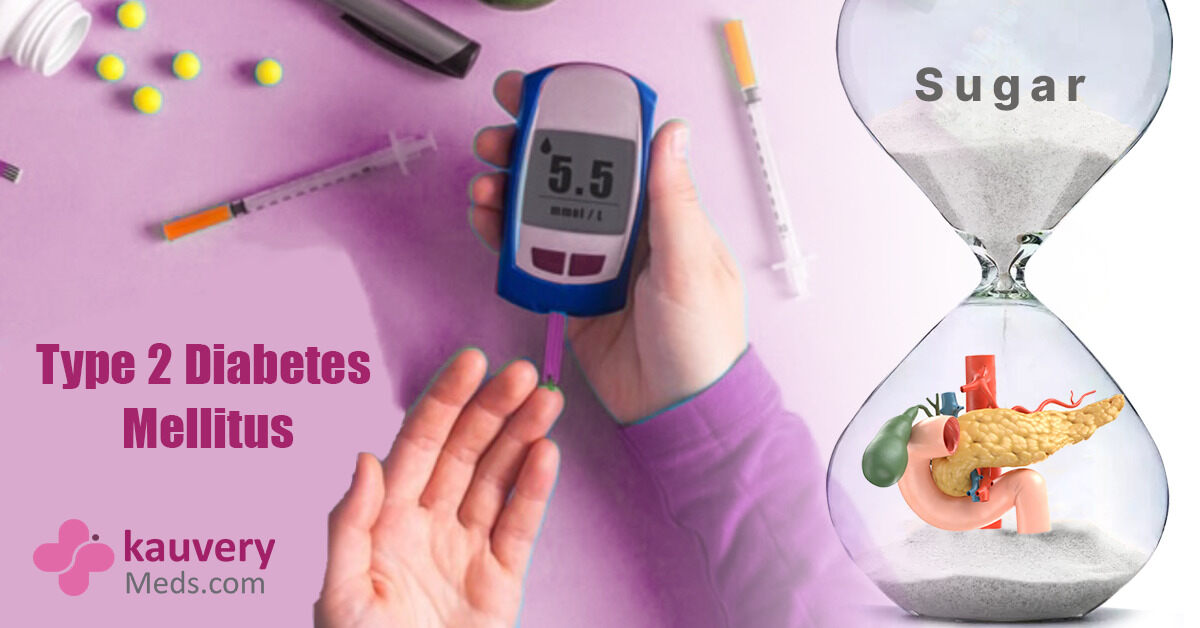
Type 2 Diabetes Mellitus
_CAT_1684759383.jpg)
Tooth Cavities

Understanding Diabetes: Fasting and Other Essential Sugar Tests

Top 10 Essential Skincare Tips for Healthy and Glowing Skin

Summer Skincare Routines and Sunscreen Recommendations

5-Minute Skincare Routine for Oily Skin

5-Minute Skincare Routine for Dry Skin
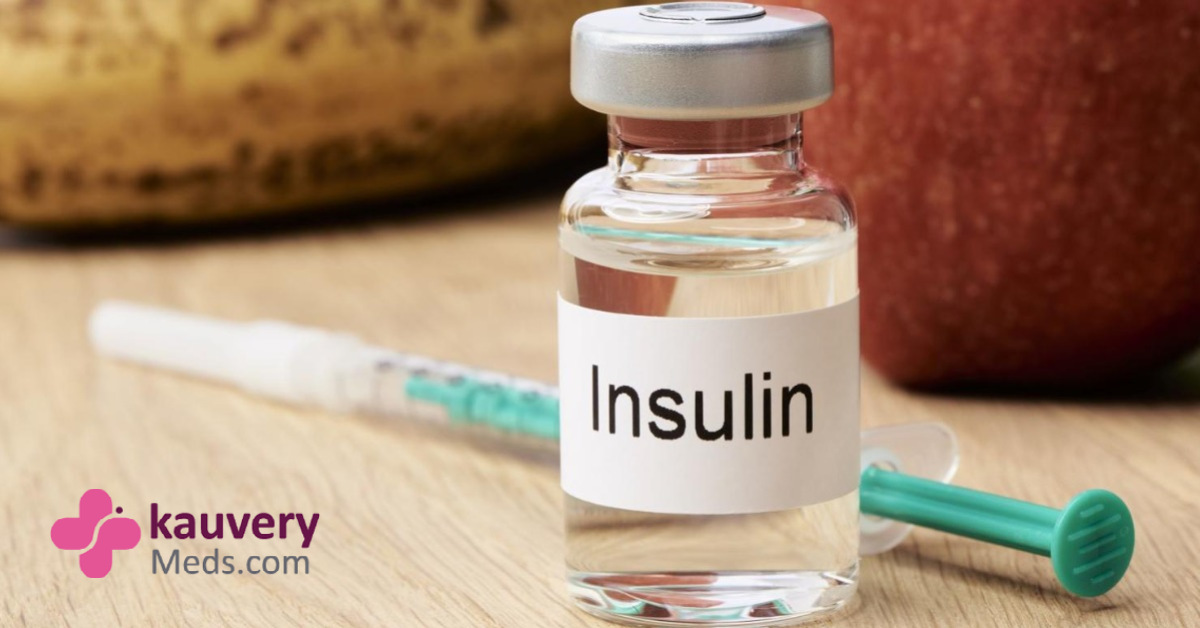
நமது வாழ்க்கையில் இன்சுலினின் பங்கு

